MSPO 2018: Poland and its Radar Technologies
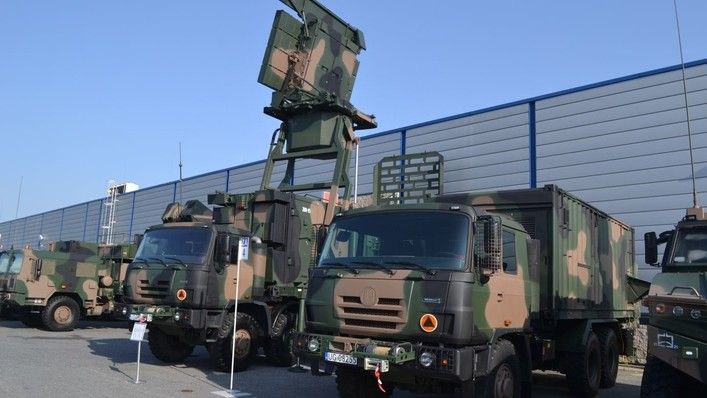
PIT-RADWAR company which is a part of the Polish PGZ Group has been showcasing full range of its products during the MSPO international defence industry exhibition in Kielce this year. The presented solutions included active and passive radars, counter-battery radars, surface to air missile systems and a package of IFF system interrogators. The Polish Ministry of Defence also signed a 0.5 billion zlotys contract with PIT-RADWAR, concerning the acquisition of 11 examples of the “Odra” 3D radar system. Meanwhile, the PIT-RADWAR’s AM-35 35 mm naval cannon also received the Defender award.
The agreement signed by the Armament Inspectorate during the MSPO 2018 event has a value exceeding 546 million zlotys. The contract concerns delivery of 11 upgraded TRS-15M “Odra” 3D radar systems, along with four remote control consoles, a logistics package and relevant training for the crews and for the maintenance personnel. However, the radars in question are not the latest of the solutions showcased by PIT-RADWAR in Kielce.
PET/PCL Passive Radar System
MSPO 2018 has been used as an opportunity to demonstrate several other new products, including one of the PET/PCL radars one could see within the outdoor part of the exhibition. The Passive Emitter Tracking/Passive Coherent Location system is a part of a larger Passive Location System solution. This system is used to “covertly” detect and track airborne threats without emitting own radar signals, through passive recognition and tracking of electromagnetic radiation (PET - Passive Emitter Tracking) generated by the onboard systems of the objects observed, including radars, datalinks, IFF emitters or navigational suites, and through Passive Coherent Location that makes use of the signals reflected from the targets, with those signals being emitted by so called occasional emitters. The latter have no relationship whatsoever with the airborne threat detected. They include, above all: FM radios, DVB-T digital TV signals and GSM signals.
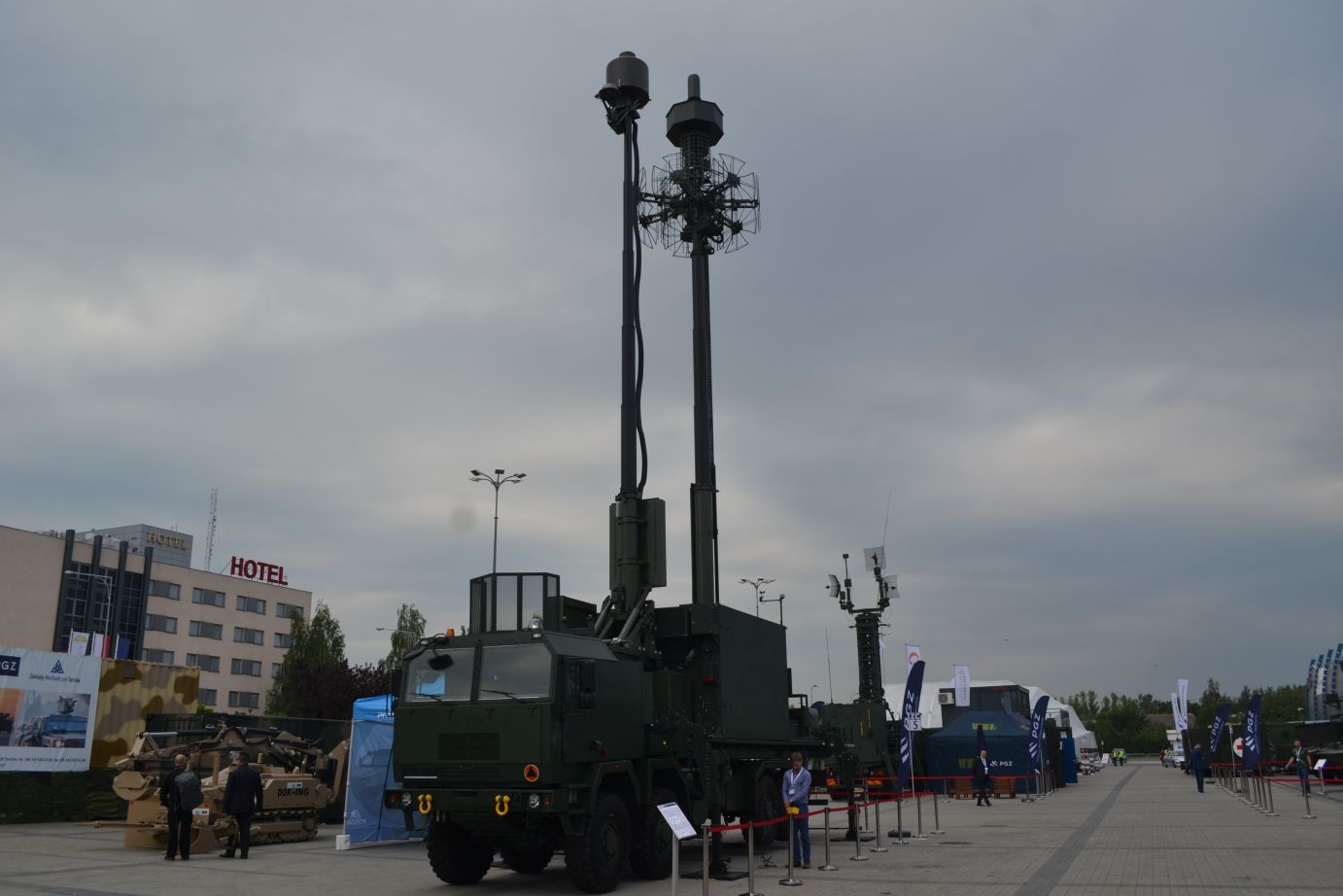
During the MSPO event in Kielce, PIT-RADWAR showcased a single example of the PET/PCL system. Actually SPL is a multistatic system comprising of four radars as such. They are deployed separately, but they are also identical, software- and hardware-wise. One of those radars plays the “master” role, gathering the data from the remaining PET/PCL units and maintaining communications with the higher level C2 system.
AG-35/A-35 Anti-Aircraft Cannon and WG-35 Command Vehicle
PIT-RADWAR, as a consortium member, also received the MSPO 2018 Defender award for its 35 mm AM-35 naval cannon system (presented on a scale model). The cannon has also been tested onboard the ORP “Kaszub” vessel. Land variant of this system, the AG-35/A-35 cannon, was also presented in Kielce.
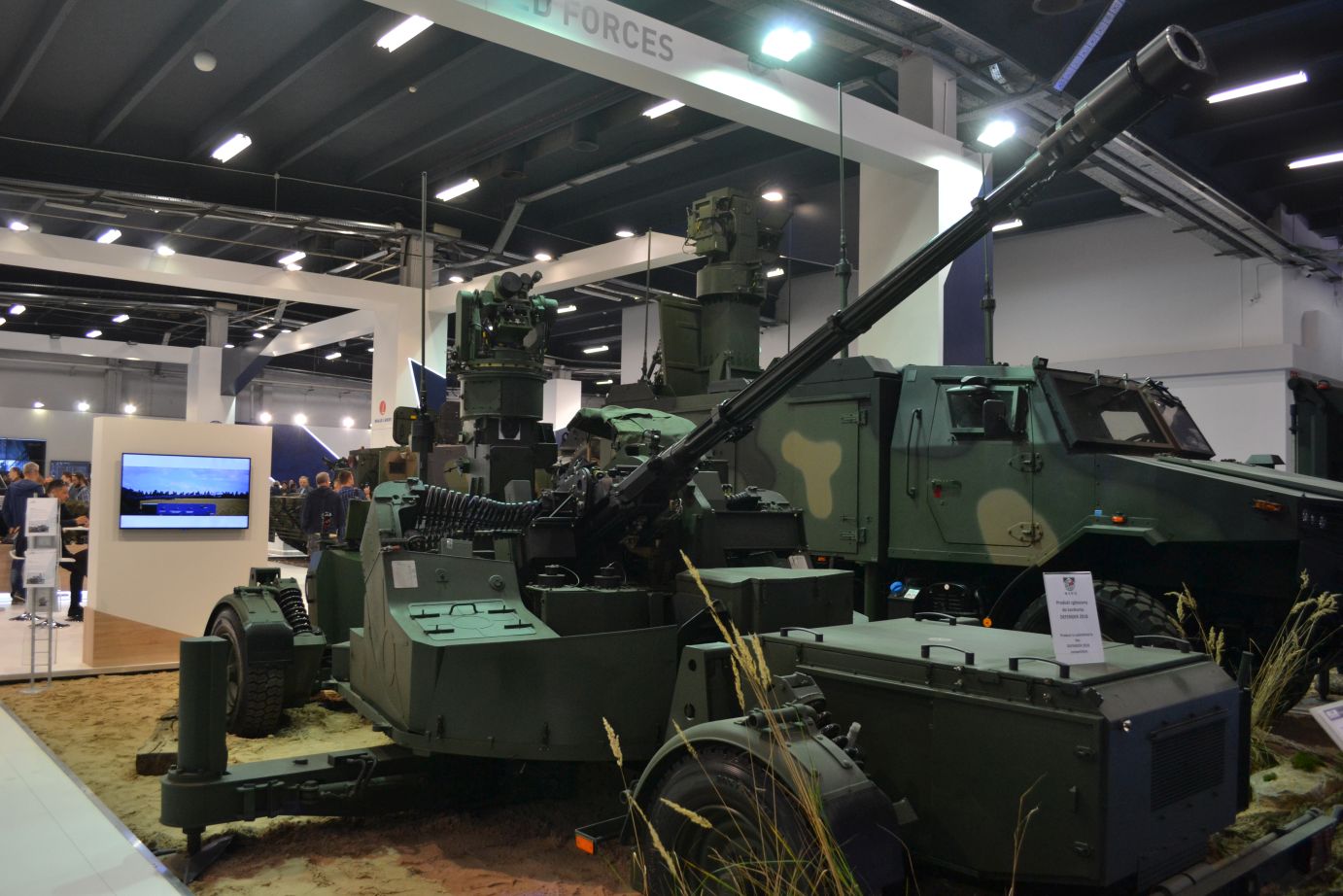
PIT-RADWAR, as a member of the consortium, has received the MSPO 2018 Defender award, for its 35 mm AM-35 naval cannon system, presented on a scale model. The system in question has also been tested onboard the ORP “Kaszub” vessel. However, the land variant of this system, the AG-35/A-35 anti-aircraft cannon, was attracting most of the attention of the event visitors.
This is an anti-aircraft artillery system that, when embedded in an anti-aircraft battery or when operated autonomously, can be used to act against a variety of airborne threats: aircraft, helicopters, cruise missiles, RPAs, at very low, low and medium altitudes. The system may also be utilized in order to respond to light armoured land and naval threats.
Similarly as in case of the AM-35 cannon, here we are dealing with an armament solution based on the 35 mm automatic gun manufactured at HSW. The cannon features a hydraulic system for controlling its position, a hydraulically deployed chassis, drives subsystem, a subsystem for automatic positioning based on an INS solution, datalink/communications subsystem, power supply subsystem and integrated programmable ammunition subsystem that also measures the muzzle velocity of the fired bullets.
AG-35 system was also presented in Kielce, fitted with an integrated optronic tracking-targeting sensor, ballistic computer and a videotracker, thanks to which it can act as a fully usable target tracking channel capable of autonomous interception and engagement. A-35 variant of the system is also offered, without its own optronic sensor, that is to be coupled with a fire control vehicle and use the targeting data provided by that vehicle. The integrated programmable sight may be also used to act against ground and naval targets.
WG-35 fire control vehicle has also been showcased in Kielce, alongside the AG-35 cannon. The vehicle constitutes an element of command and control system dedicated for SHORAD/VSHORAD batteries. The main task assigned to this platform is to receive initial airspace situational data from a higher command level or from a local radar, and then it intercepts and tracks the indicated targets with the use of its own multi-sensor optoelectronic detection system and a videotracker unit. The command and control system implemented on the vehicle makes it possible to transfer the target tracking data to fire systems - usually AG-35/A-35 AAA solution (up to 8 examples). Whereas each of the WG-35 systems can configure a single target tracking channel.
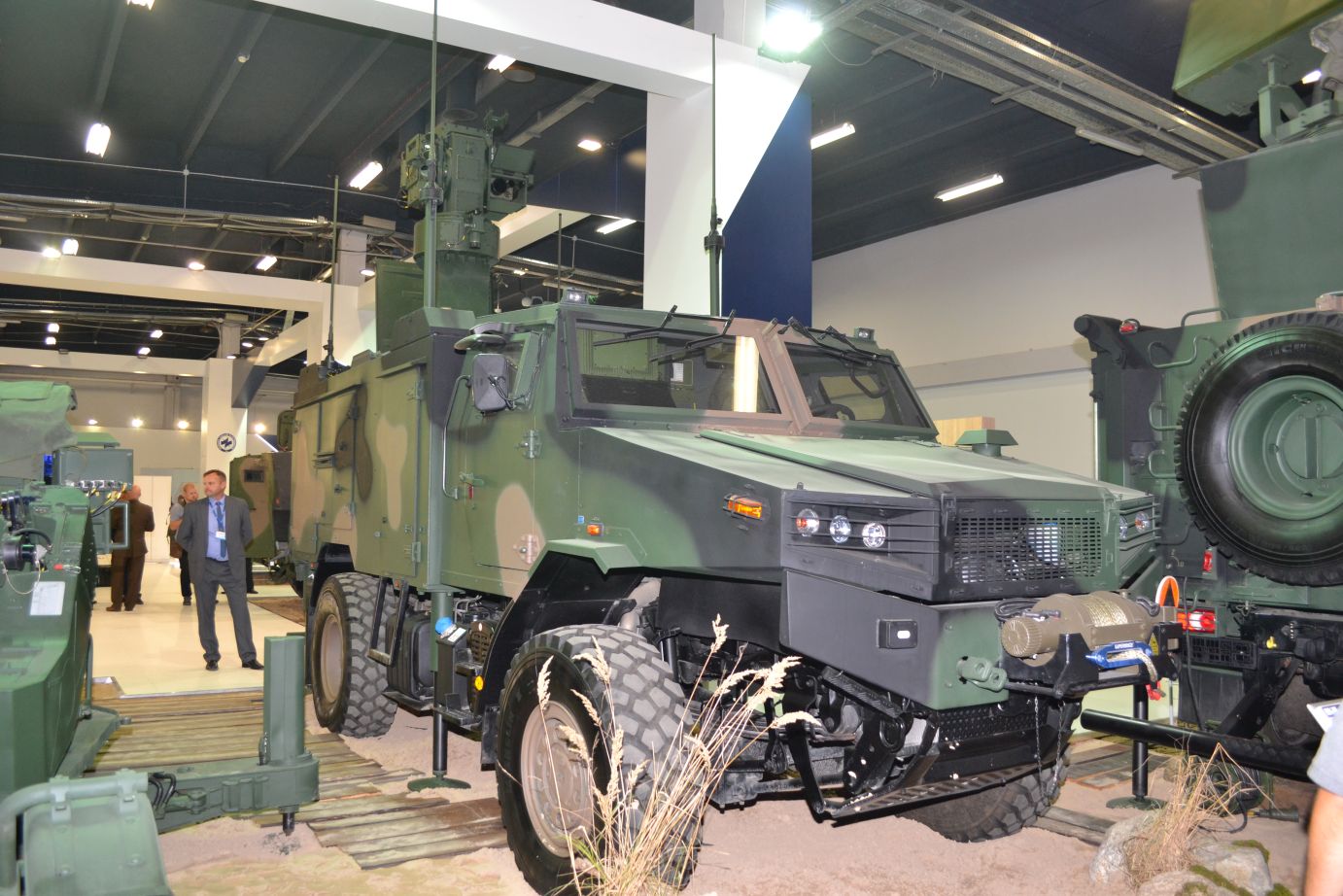
The optoelectronic sensor features a visible light spectrum TV camera, MWIR thermal imaging camera (3-5 µm), laser rangefinder and a portable short range IKZ-02 interrogator. The WG-35 system also features a weather station, log recorder and a portable observation point with an optical fiber connection, making it possible to direct the tracking system towards the threat remotely.
Poprad Self-Propelled SAM System and Soła and Bystra Radars
POPRAD Self-Propelled SAM System was presented during the MSPO 2018 exhibition in two places, at the main exhibition hall (by PIT-RADWAR) and within the outdoor portion of the expo, where it was showcased by the land forces. The missile vehicle was also accompanied by the deployable (deployment-capable) radar, in both cases. The operational system was presented with the ZDPSR Soła radar. Meanwhile, the manufacturer showcased its latest solution in this class of systems: the Bystra radar.
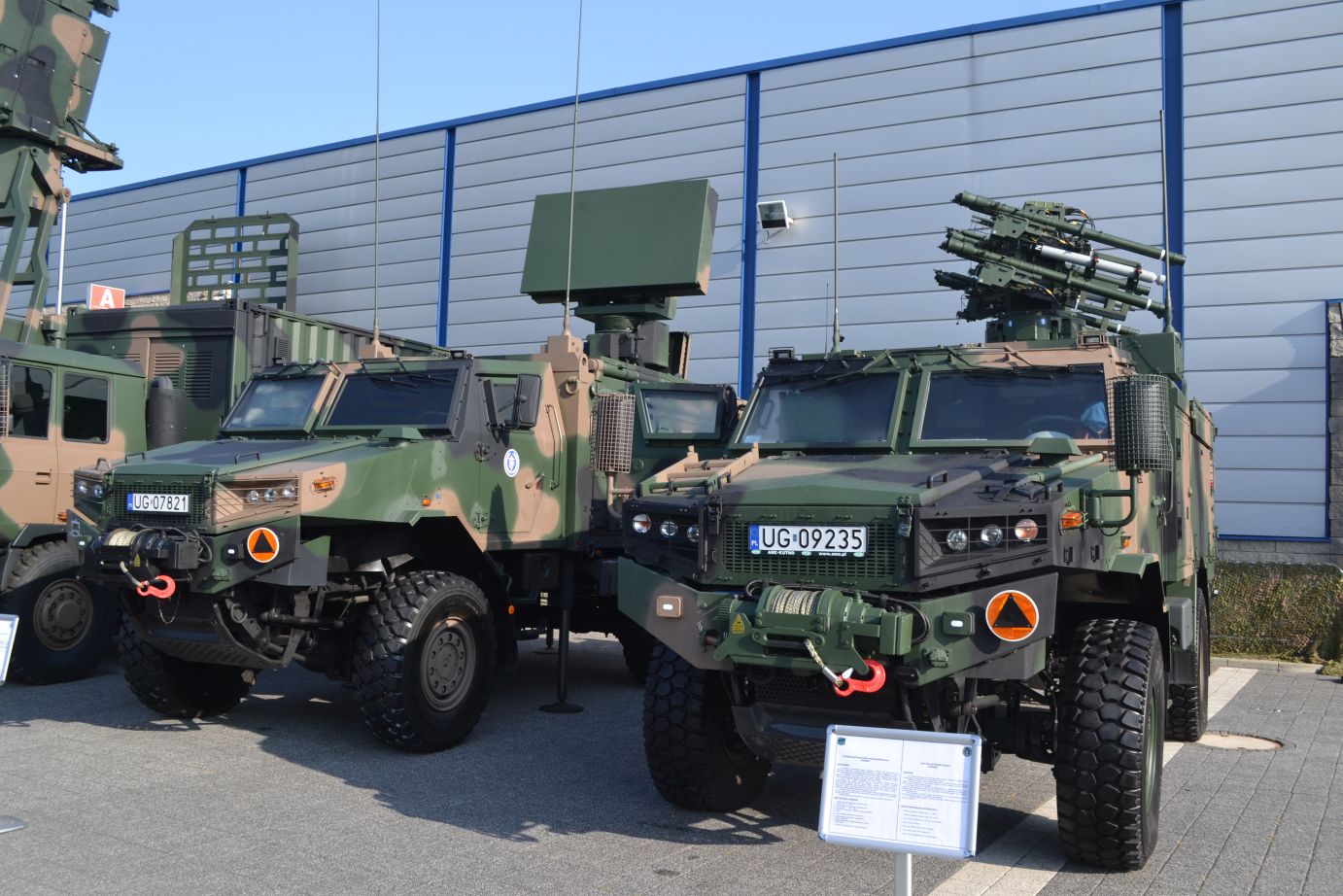
In both cases, Poprad systems are used to detect, recognize and destroy airborne targets at close range and low altitudes with the use of short range anti-aircraft missiles (“Grom” MANPADS). This task may be carried out thanks to the electro-optical sensor package (thermal vision camera, TV camera and a laser rangefinder) integrated with the missile launcher and a short range IKZ-02 interrogator, and coupled with an automatic videotracker system. Poprad system may act against airborne targets at distances from 500 to 5500 metres, flying at altitudes from 10 to 3500 metres. For the enhanced “Piorun” missiles the engagement envelope will be slightly extended. Mobility and ballistic protection for the crew is provided by the Żubr-P vehicle on which the system is based.
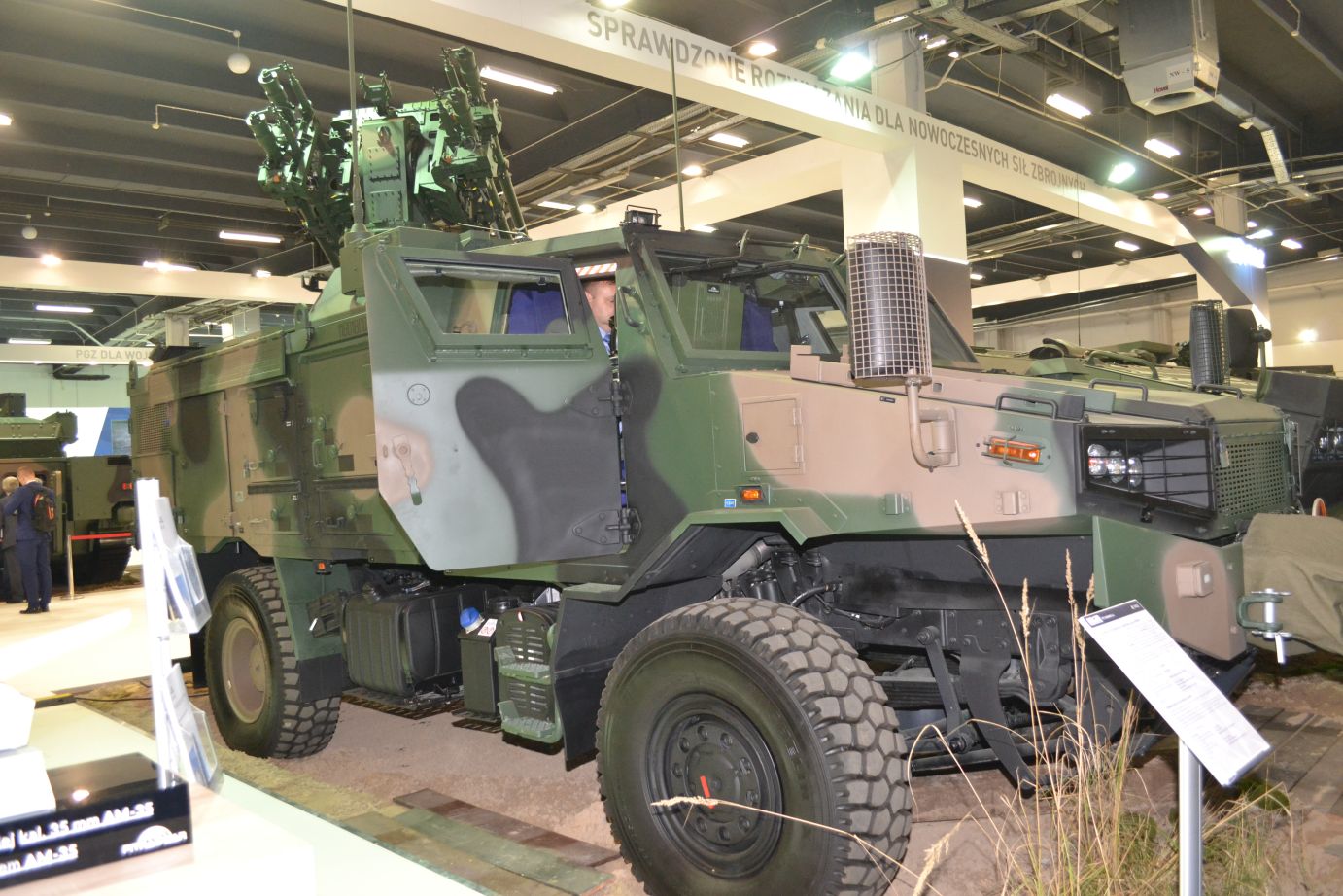
The preliminary target indication, in case of the Poprad system, is done by the ZDPSR-class (deployment-capable) radars based on the very same Żubr-P chassis, with Bystra being the latest solution of this type. Similarly as in case of Soła radar, Bystra makes use of a flat phased array rotated in the azimuth plane, with electronically shaped beam. Whereas Soła was using passive electronic scanning, Bystra is the first of the Polish series manufactured radars with an AESA antenna consisting of numerous identical semi-conductor-based liquid cooled T/R modules.
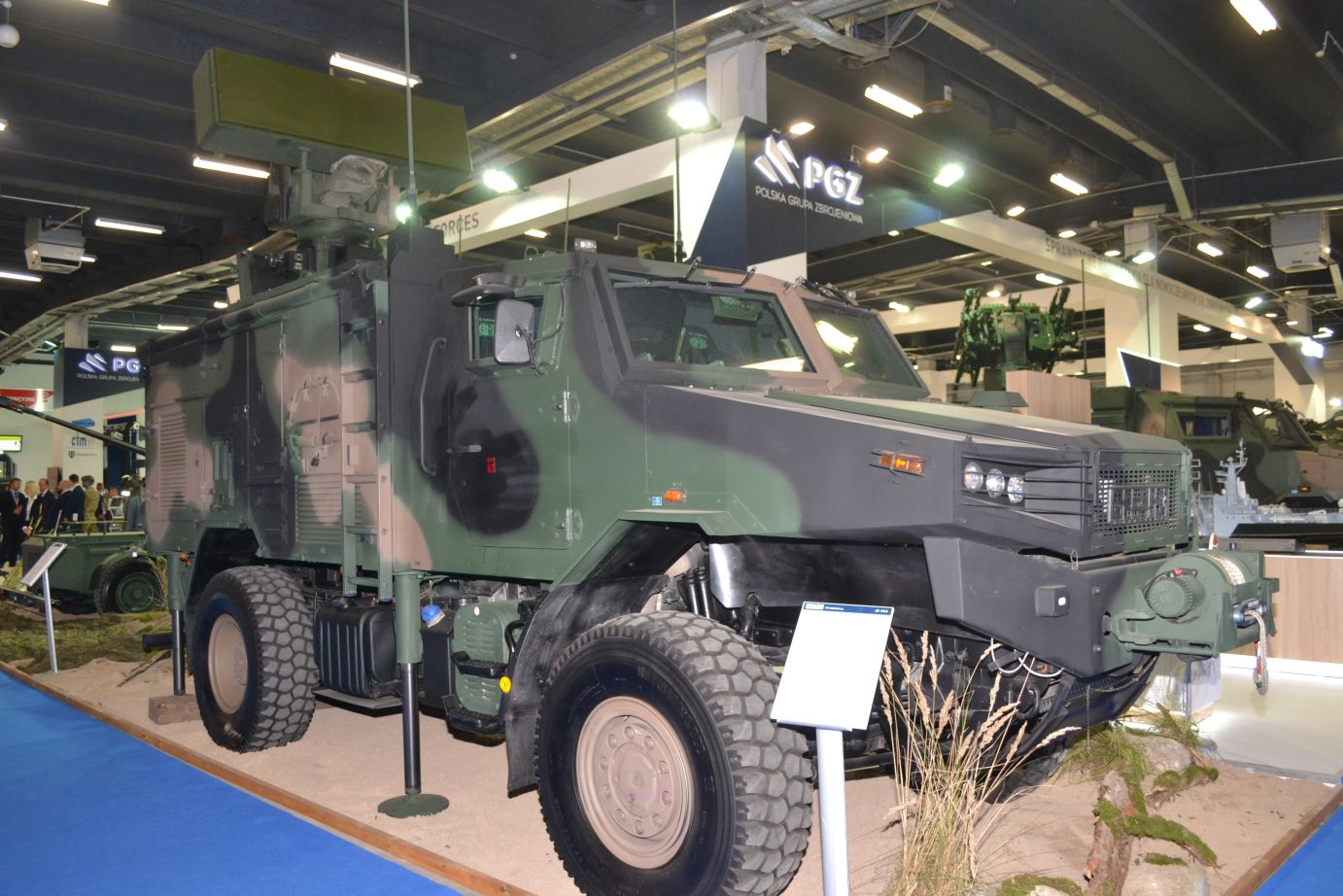
ZDPSR “Bystra” is a multi-functional and multi-purpose radar with versatile capabilities and a number of varied applications. It may detect and track typical airborne targets, such as combat aircraft and helicopters (also hovering), missiles and UAVs, or even mortar rounds. The radar is operated in the C-band and has an instrumental range of 80 kilometers. It covers elevation up to the angle of 70 degrees and refreshes the image every 2 seconds.
In each of the modes, 360 degrees scan takes place through rotation of the antenna and scanning of the space surrounding the radar with a software-defined beam. This allows for effective use of the radar potential, and selection of a proper scanning programme, tailored to the specific conditions of mode of operation and functions used (tracking/detection) or mission assigned.
According to the information provided by the manufacturer, alongside the active antenna ZDPSR Bystra solution includes a couple of other innovative elements that ensure the radar’s performance, for instance with regards to ranges at which a variety of objects may be detected and tracked or within the scope of filtering the interference. Extra design elements also allow for achieving a high accuracy of position measurement with regards to the tracked objects that can be easily discriminated. Overall the radar has had its reliability improved, when compared to the previous systems.
The solutions within that regard include digital forming of the receiver beams, digital synthesis, encoding and filtration, all tailored to signals. Furthermore the radar offers estimation of coordinates with an algorithm that diminishes the effect of multipath propagation. The tracking system makes use of a multi-hypothesis tracking solution and a subsystem that is dedicated specifically to detect hovering rotary-winged aircraft.
IFF System
The least spectacular, yet well exposed equipment types showcased in Kielce, but also one of the most important ones, were the Mark XIIA format IFF interogators. Three variants were displayed: IDZ-50 (long range), ISZ-50 (medium range) and IKZ-50P (short range). In case of the IKZ-50P system, this was its MSPO debut. All of those systems are compliant with the latest encrypted Mode 5 used by NATO and the Americans. This mode replaced its predecessor, Mode 4. IDZ-50 and ISZ-50 also make it possible for the user to use Modes 1, 2, 3/A, C and S.
All of the interrogators have been designed and developed within the framework of the KWISA-2 development programme that came to an end following a successful completion of the qualification test programme, and now the individual devices are to be introduced into the inventory of the Armed Forces. The newly acquired “Odra” radars will probably be fitted with Polish Mark XIIA form interrogators, that can work in Modes 4 and/or 5, once coupled with a proper encryption unit.
The interrogators have also been adapted for being coupled with a GPS receiver, reception of heading data pertaining to the position of the IFF antenna operated in conjunction (north impulse / increments) and to be operated together with antennas with three profiles in the azimuth plane: sigma, delta and omega.
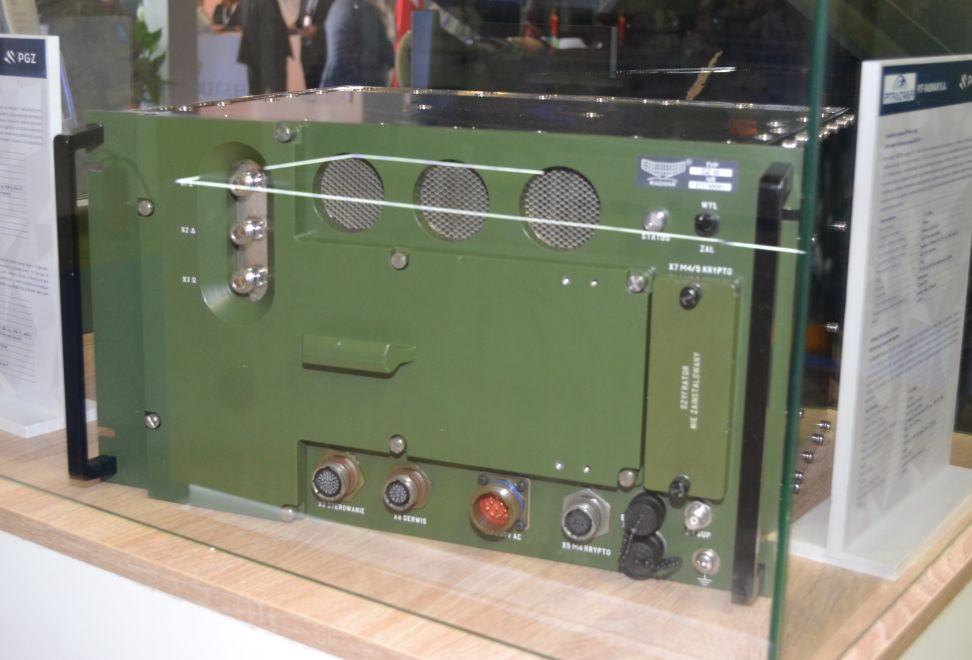
IDZ-50, ISZ-50 and IKZ-50P interrogators have been designed for being coupled with long, medium and short range radars correspondingly, delivering precise identification and high effectiveness of data processing (thanks to the fact that they use the latest digital systems and signal processing algorithms). Each of the devices is tailored to utilize encryption modules for the sake of ensuring Mode 5 ICT security (this has already been checked with US-made KIV-77 and Italian SIT2010 crypto-computers). Furthermore, IDZ-50 and ISZ-50 systems can be coupled with the older KIN-2 crypto systems tailored solely to be operated in Mode 4.
All of these interrogators offered by PIT-RADWAR feature an expansive auto-diagnostic system, which, when coupled with modular design, ensures rapid troubleshooting, and makes it possible to easily expand the IFF solution. Thanks to the ability to update the software, the user may be able to expand the functionality of the IFF units in the future. Keys are also safely stored. Each of the encryption computers; may be reset, and the resetting procedure may also be initiated at the interrogator level, in two manners.
IDZ-50, as a long range system (470 km) has the greatest power output out of the IFF Mark XIIA integrators designed by PIT-RADWAR, and thus it may be used in conjunction with long range radars. However, this is a system that weighs 30 kilograms, 13 kilograms more than the smaller ISZ-50 system.
The medium range interrogator is of more compact design that makes it possible to install it on a wide range of stationary and mobile platforms.
IKZ-50P, weighing 4.7 kg (crypto module excluded) is the smallest device of the family. It has a range exceeding 25 kilometres. It is a system designed to work in conjunction with SHORAD/VSHORAD solutions, or even with single MANPADS launchers (“Grom” or “Piorun” for instance). For that purpose, the antenna connector used is identical with the one used in case of the short range IKZ-02 interrogators. This makes it possible to use identical antennas and wiring.
IKZ-50P system may be used to identify the objects solely in modes 4 and/or 5, after a proper cryptocomputer is set up. The main processing and control system, where the whole IFF “logic” is stored, is virtually identical to the one applied in medium and long range interrogators. An update package designed only for one of those systems could also be implemented in other devices.
